Please define Rocy Mountain 'Clay' ....
ConvexLes72
15 years ago
Related Stories

LANDSCAPE DESIGNGreat Design Plant: Retreat to the Shade of Hardy Catalpa
Big foliage and a towering height provide a shady respite in summer, but that's not all hardy catalpa offers dedicated gardeners
Full Story
GARDENING GUIDESNew Ways to Think About All That Mulch in the Garden
Before you go making a mountain out of a mulch hill, learn the facts about what your plants and soil really want
Full Story
MOST POPULARMeet a Lawn Alternative That Works Wonders
Carex can replace turfgrass in any spot, is low maintenance and adjusts easily. Add its good looks and you’ve got a ground cover winner
Full Story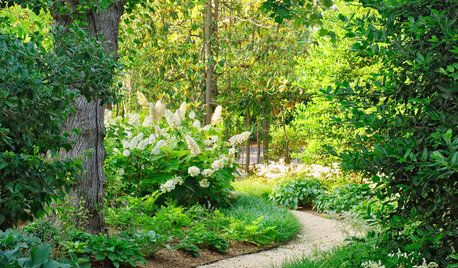
LANDSCAPE DESIGNUnwind in Your Own Private Garden Escape
When the world is getting on your last nerve, an outdoor refuge can soothe and nurture. Here's how to design a garden with relaxing in mind
Full Story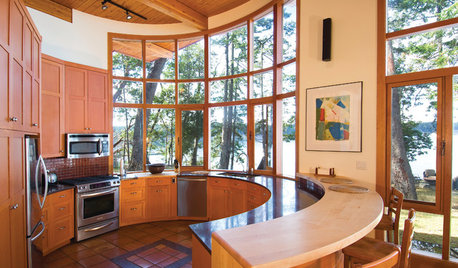
GREEN BUILDINGHouzz Tour: Off-the-Grid Island Home Circles a Sunny Courtyard
A circular home is a cozy spot for gardening, woodworking and plenty of reading
Full Story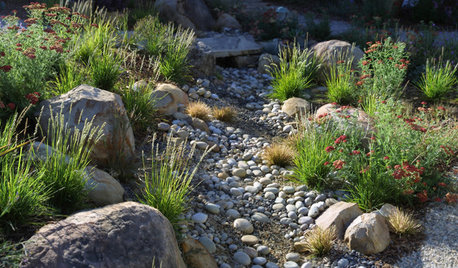
LANDSCAPE DESIGNHow to Design Your Landscape to Slow Down Water
Putting the brakes on stormwater runoff is the first step in sustainable water design
Full Story
HOUZZ TOURSHouzz Tour: Gracious Hacienda Mansion in Mexico
Exquisite local craftsmanship, a thermal-spring pool and sleeping quarters for 16 make for an ideal retreat in San Miguel
Full Story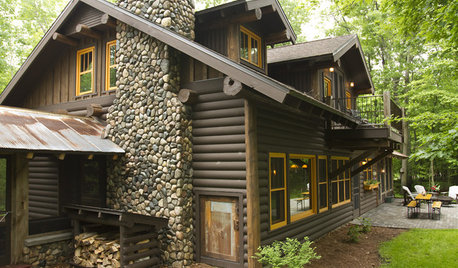
ARCHITECTUREStyle 101: The Birthplace of Today's Rustic Look
A look back to the beginning of cabin and lodge design can help you decide on a rustic look for your home today
Full Story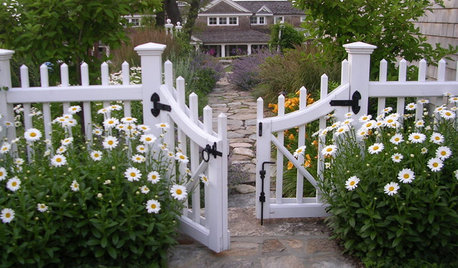
CURB APPEAL7 Ways to Create a Neighborly Front Yard
Foster community spirit by setting up your front porch, paths and yard for social interaction
Full Story
ARTLet's Put a Price on Art: Your Guide to Art Costs and Buying
We paint you a picture of what affects an artwork's price — plus a little-known way to take home what you love when it's beyond your budget
Full StoryMore Discussions






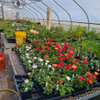
ConvexLes72Original Author
jaliranchr
Related Professionals
Lyons Landscape Architects & Landscape Designers · Owings Mills Landscape Architects & Landscape Designers · Roosevelt Landscape Architects & Landscape Designers · Wilmington Landscape Contractors · Bellefontaine Neighbors Landscape Contractors · Kaysville Landscape Contractors · Marlborough Landscape Contractors · Middletown Landscape Contractors · Oviedo Landscape Contractors · Parker Landscape Contractors · West Orange Landscape Contractors · Dracut Solar Energy Systems · El Mirage Solar Energy Systems · Oakland Solar Energy Systems · Saratoga Springs Solar Energy SystemsConvexLes72Original Author
greenbean08_gw
ConvexLes72Original Author
ConvexLes72Original Author
greenbean08_gw
greenbean08_gw
ConvexLes72Original Author
david52 Zone 6
jaliranchr
digit
jaliranchr
bpgreen
windwhipped
digit
david52 Zone 6
glok
ConvexLes72Original Author